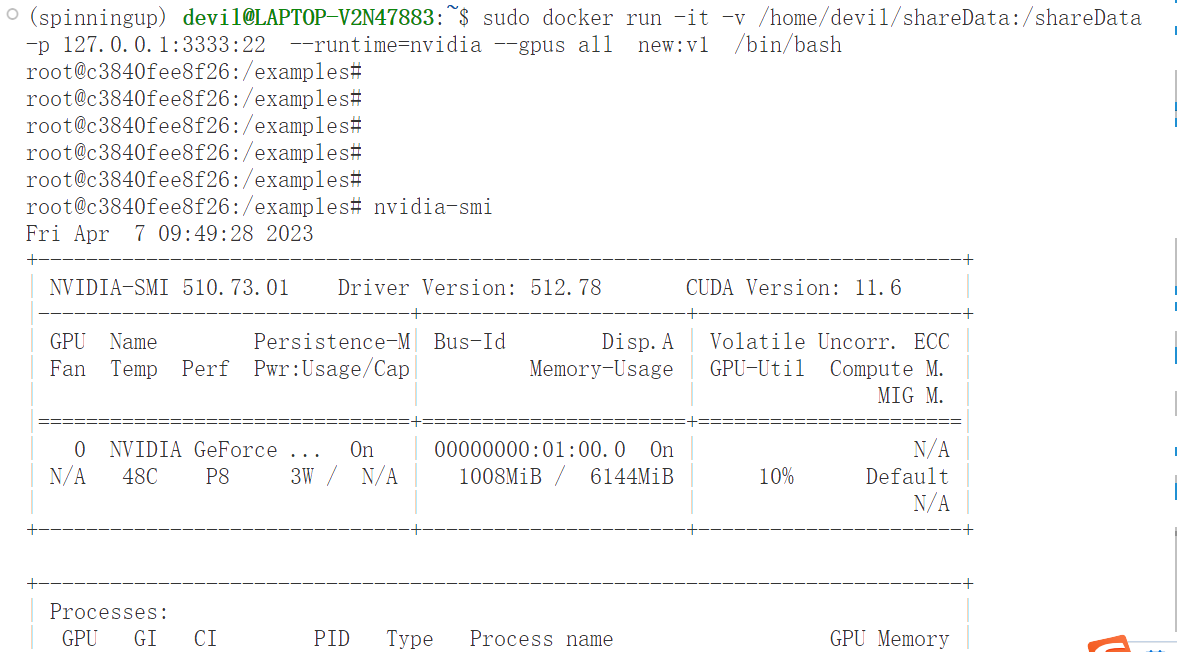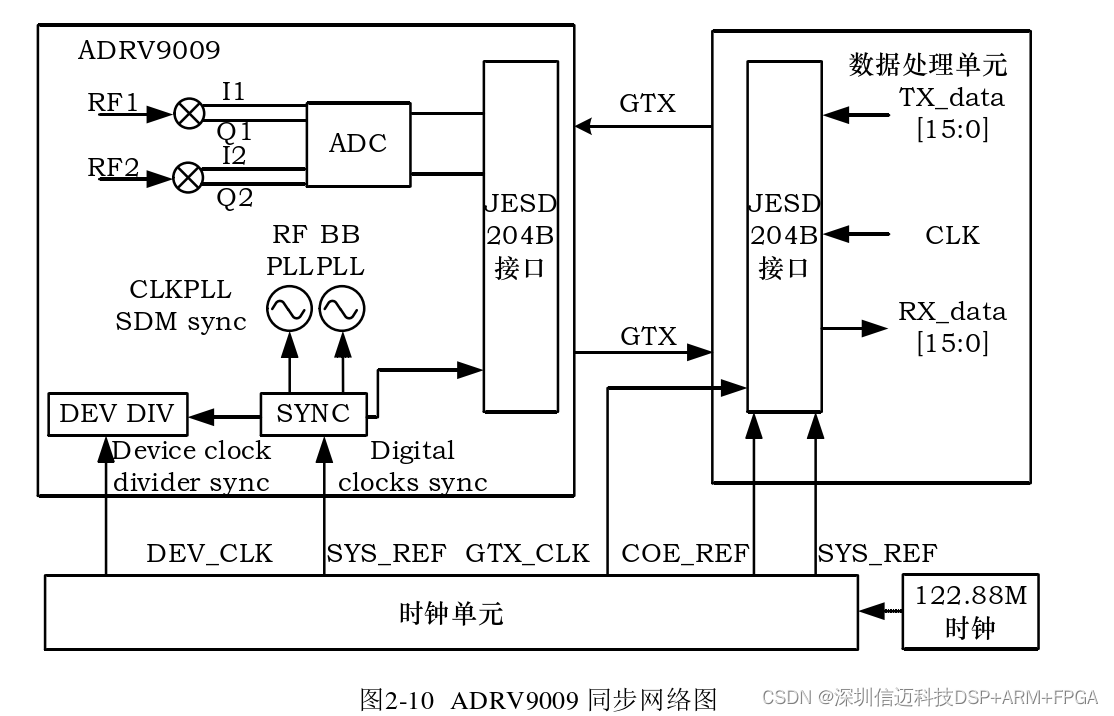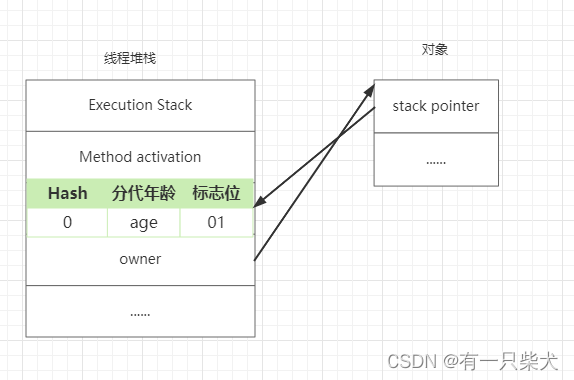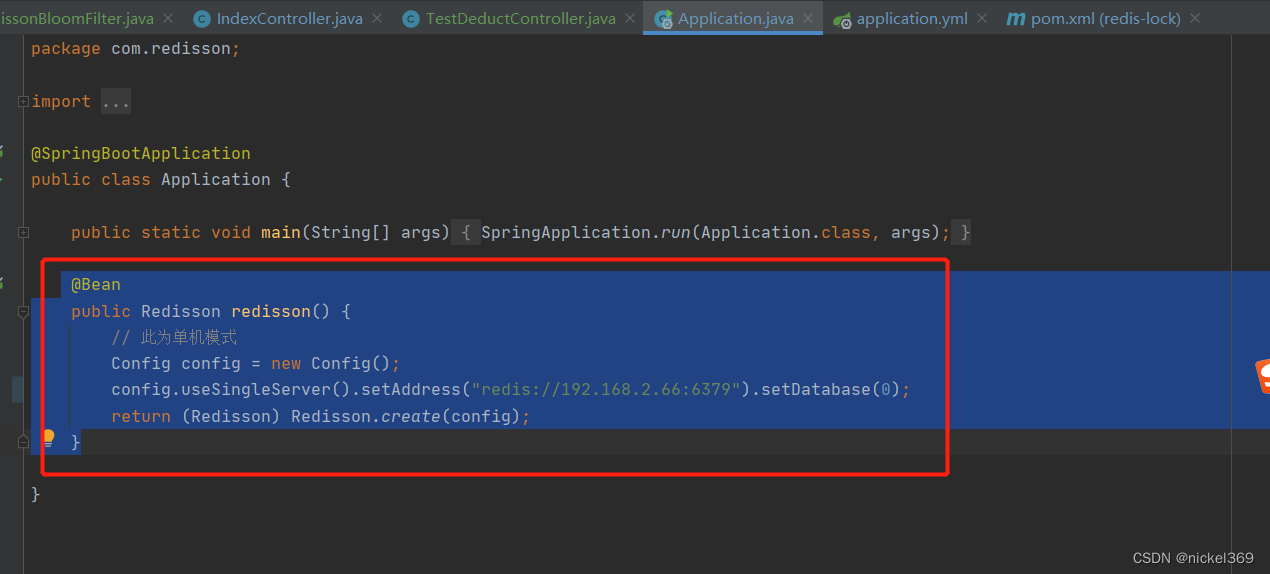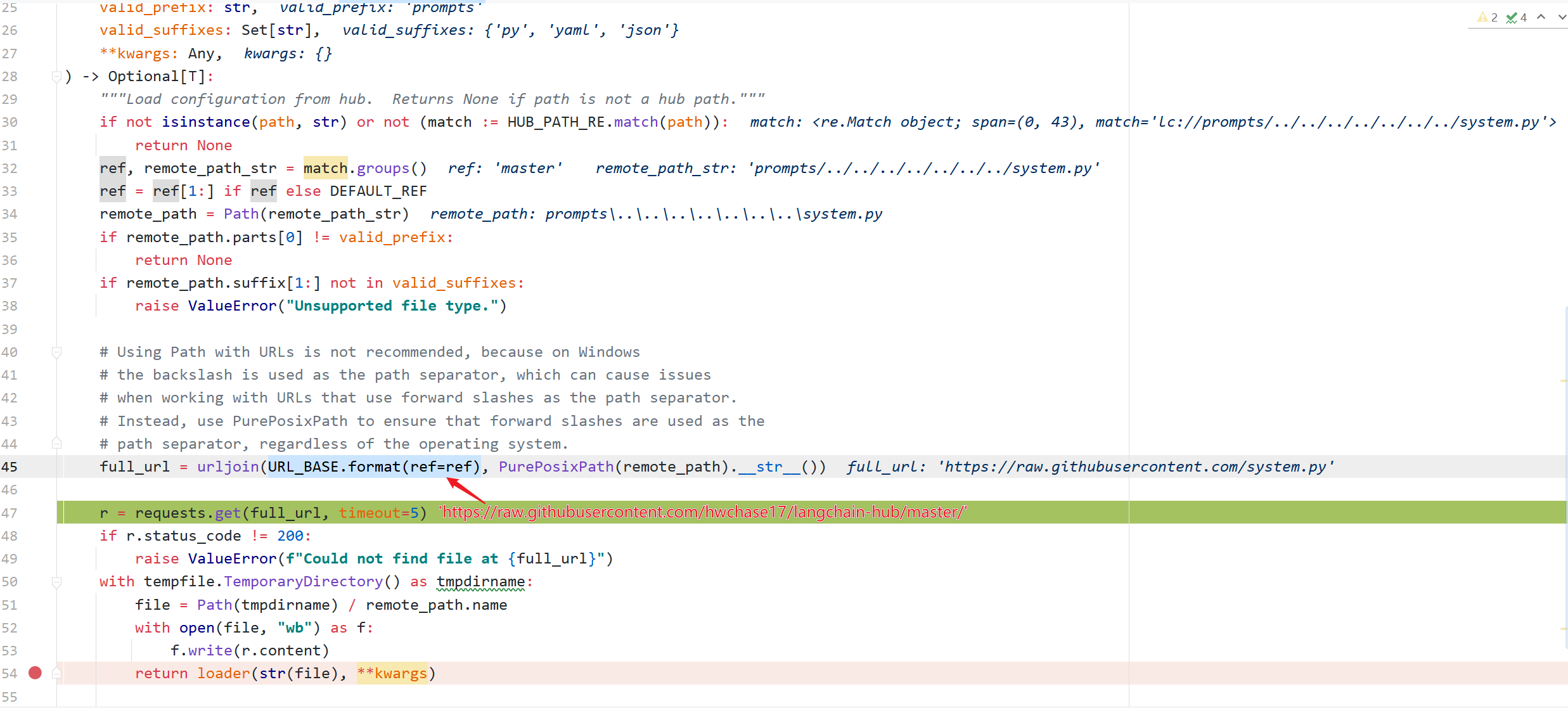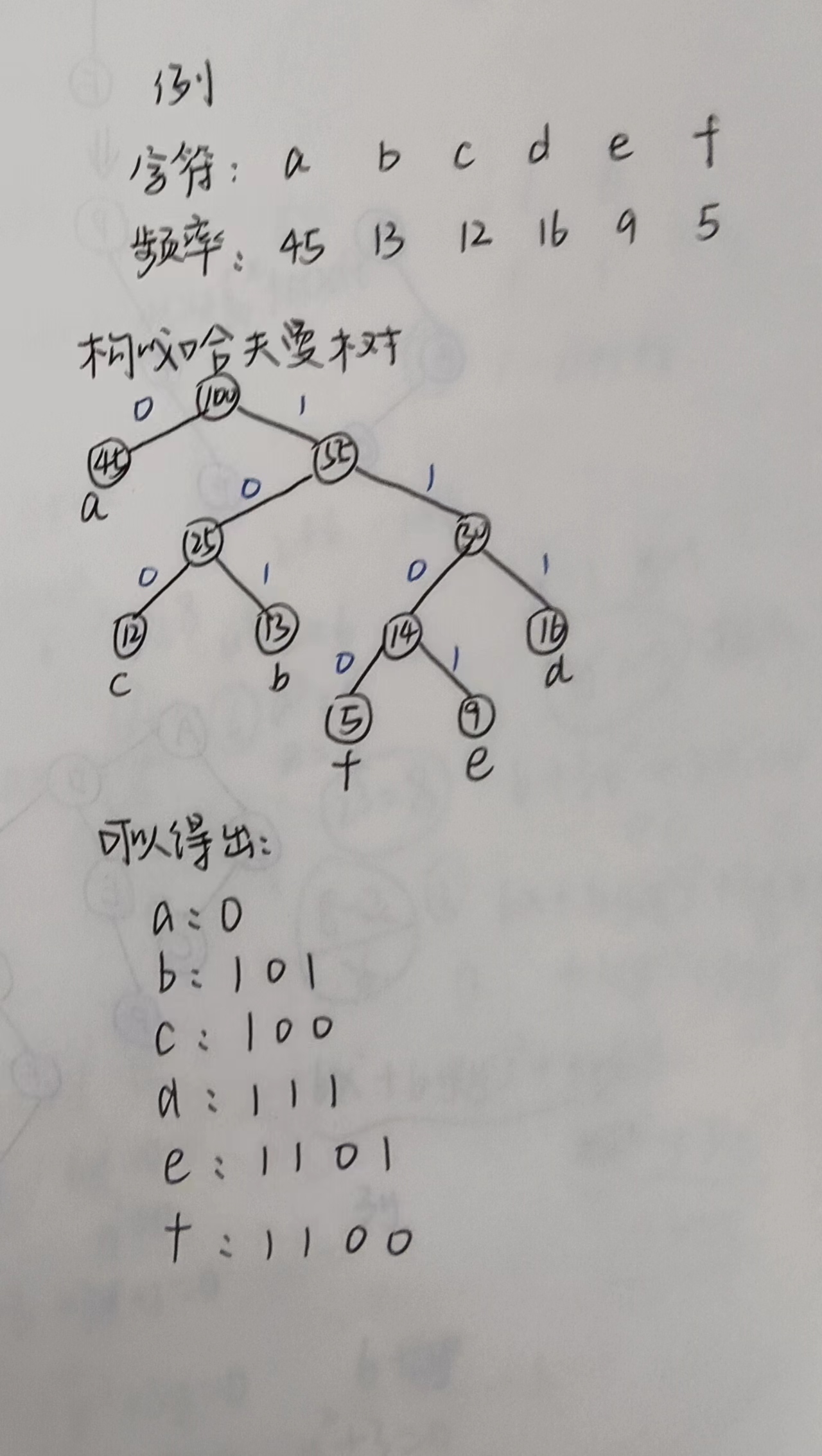1、 Synchronized
(1) 多线程编程模板上
1) 第一步:创建资源类。
2) 第二步:创建操作方法。
3) 第三步:创建线程调用操作方法。
4)原则:高内聚低耦合。
(2) 实现步骤
1)创建资源类。
2)资源类里创建同步方法、同步代码块。
3)创建线程调用操作方法。
(3) 举例:卖票程序
import java.util.ArrayList;
import java.util.concurrent.locks.Lock;
import java.util.concurrent.locks.ReentrantLock;
class Ticket{
private int number=30;
public synchronized void sale(){
int i=0;
synchronized (this){
}
if(number>0){
System.out.println(Thread.currentThread().getName()
+"卖出"+(number--)+"号票\t还剩"+number);
}
}
}
public class SaleTicket {
/**
* 卖票程序复习线程知识:三个售票员 卖出 30张票
* @param args
* @throws Exception
*1、线程 操作 资源类
* 2、高内聚低耦合
*
*/
public static void main(String[] args) throws Exception {
Ticket ticket = new Ticket();
//Thread(Runnable target, String name)
new Thread(new Runnable() {
@Override
public void run() {
for (int i = 1; i <=40 ; i++) {
ticket.sale();
}
}
},"AA").start();
new Thread(new Runnable() {
@Override
public void run() {
for (int i = 1; i <=40 ; i++) {
ticket.sale();
}
}
},"BB").start();
new Thread(new Runnable() {
@Override
public void run() {
for (int i = 1; i <=40 ; i++) {
ticket.sale();
}
}
},"CC").start();
}
}
2、 lock是什么?
比Synchronized更灵活的结构

Lock implementations provide more extensive locking operations than can be obtained using synchronized methods and statements. They allow more flexible structuring, may have quite different properties, and may support multiple associated Condition objects.
锁实现提供了比使用同步方法和语句可以获得的更广泛的锁操作。它们允许更灵活的结构,可能具有非常不同的属性,并且可能支持多个关联的条件对象。
3、 Lock接口的实现:ReentrantLock可重入锁
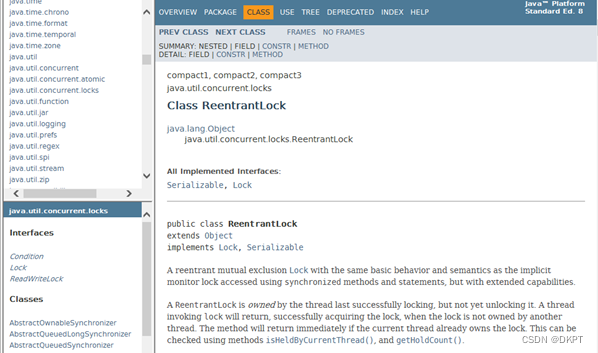
使用方法:
class X {
private final ReentrantLock lock = new ReentrantLock();
// ...
public void m() {
lock.lock(); // block until condition holds
try {
// ... method body
} finally {
lock.unlock()
}
}
}
4、 创建线程方式
(1)继承Thread
public class SaleTicket extends Thread
java是单继承,资源宝贵,要用接口方式,所以不能使用继承Thread的方式。
(2)new Thread()
Thread t1 = new Thread();
t1.start();
此种方法,没有run方法执行,不能这样写。
(3)第三种
Thread(Runnable target, String name)

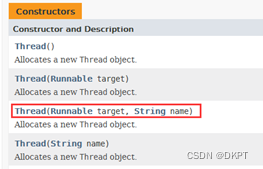
5、 实现runnable方法
(1)新建类实现runnable接口
class MyThread implements Runnable//新建类实现runnable接口
new Thread(new MyThread,...)
这种方法会新增类,有更新更好的方法。
(2)匿名内部类
new Thread(new Runnable() {
@Override
public void run() {
}
}, "your thread name").start();
这种方法不需要创建新的类,可以new接口。
(3)lambda表达式
new Thread(() -> {
}, "your thread name").start();
这种方法代码更简洁精炼。
6、代码
import java.util.concurrent.locks.Lock;
import java.util.concurrent.locks.ReentrantLock;
class Ticket //实例例eld +method
{
private int number=30;
/* //1同步 public synchronized void sale()
{//2同步 synchronized(this) {}
if(number > 0) {
System.out.println(Thread.currentThread().getName()+"卖出"+(number--)+"\t 还剩number);
}
}*/
// Lock implementations provide more extensive locking operations
// than can be obtained using synchronized methods and statements.
private Lock lock = new ReentrantLock();//List list = new ArrayList()
public void sale()
{
lock.lock();
try {
if(number > 0) {
System.out.println(Thread.currentThread().getName()+"卖出"+(number--)+"\t 还剩number);
}
} catch (Exception e) {
e.printStackTrace();
} finally {
lock.unlock();
}
}
}
/**
*
* @Description:卖票程序个售票出 0张票
@author xiale
* 笔记:J里面如何 1 多线程编-上
1.1 线程 (资里源类 * 1.2 高内聚 /
public class SaleTicket
{
public static void main(String[] args)//main所有程序
Ticket ticket = new Ticket();
//Thread(Runnable target, String name) Allocates a new Thread object.
new Thread(() -> {for (int i = 1; i < 40; i++)ticket.sale();}, "AA").start();
new Thread(() -> {for (int i = 1; i < 40; i++)ticket.sale();}, "BB").start();
new Thread(() -> {for (int i = 1; i < 40; i++)ticket.sale();}, "CC").start();
/* new Thread(new Runnable() {
@Override
public void run()
{
for (int i = 1; i <=40; i++)
{
ticket.sale();
}
}
}, "AA").start();
new Thread(new Runnable() {
@Override
public void run()
{
for (int i = 1; i <=40; i++)
{
ticket.sale();
}
}
}, "BB").start();
new Thread(new Runnable() {
@Override
public void run()
{
for (int i = 1; i <=40; i++)
{
ticket.sale();
}
}
}, "CC").start();
*/
}
}
//1 class MyThread implements Runnable
//2 匿名内部类
//3 laExpress


